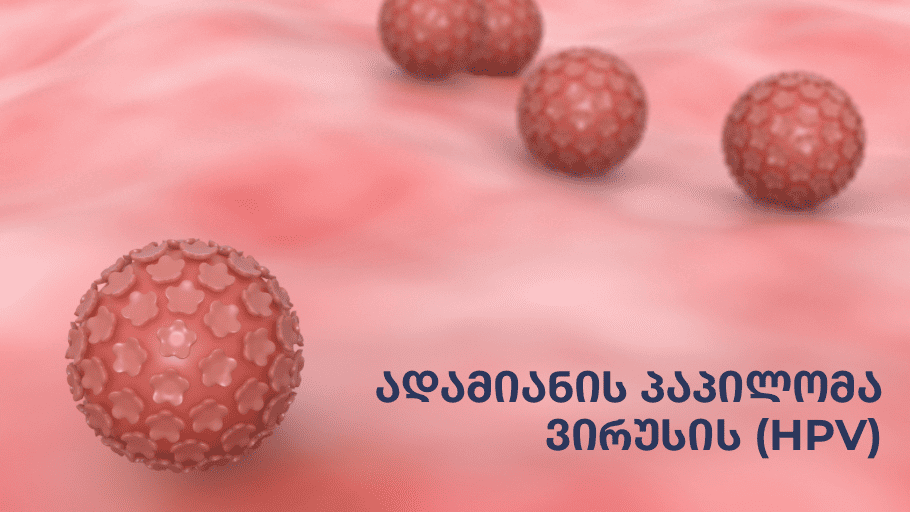Diagnosis and prevention of human papillomavirus.
Human papillomavirus (HPV)
It can be transmitted through sex, through sexual contact, or from mother to fetus. There are many types of HPV with low and high cancer risk.
The first caused recurrent respiratory papilloma, connective tissue papilloma, nose, mouth and throat, and the second-precancerous diseases, cervical cancer, vulva and vagina.
HPV infection can proceed asymptomatic. For example, it usually takes more than three months between infection and the first manifestation of genital dildo, and the development of cancer process may even begin decades later. At the same time, 90% of the infected people died within 2 years, but only under the condition of strong immunity.
In order to make a diagnosis, doctors check clinical manifestations, conduct PCR tests and conduct cytological studies of the cervix.
The result of screening is to identify one or more of 21 HPV with high cancer risk and detect precancerous lesions or cervical cancer.
Through early diagnosis, treatment can be carried out as soon as possible to avoid life-threatening and health-threatening consequences.
The best result of treating allogeneic prosthesis is laser destruction. During pregnancy, HPV treatment lasts for 36 weeks to prevent neonatal carotid atherosclerosis.
In order to prevent the spread of the disease, we suggest eliminating accidental sexual contact, checking both sides regularly and using barrier contraceptives.
In order to prevent cervical cancer and cancer, HPV vaccination is used. Recommended for all girls and women aged 9 to 45. Family Medical Regional Center
Provide opportunities for vaccination and protection from HPV.





 ქართული
ქართული Русский
Русский